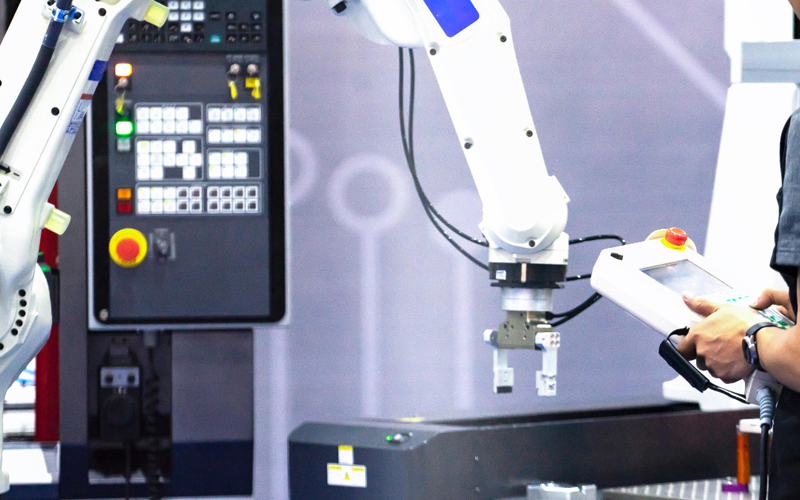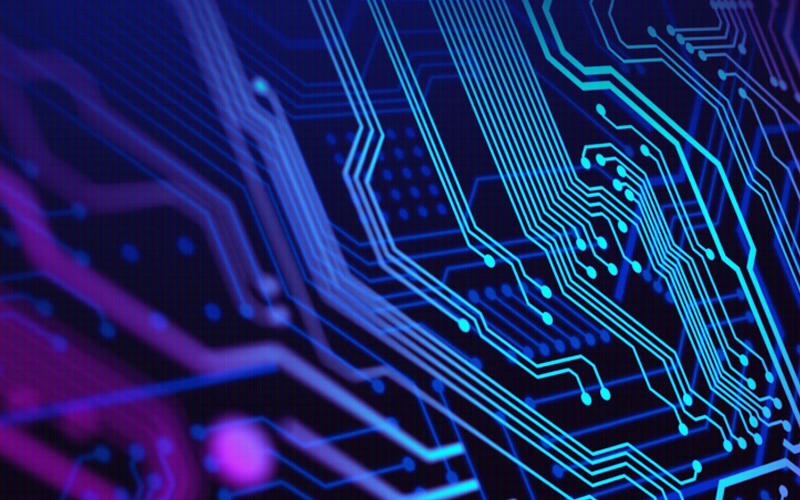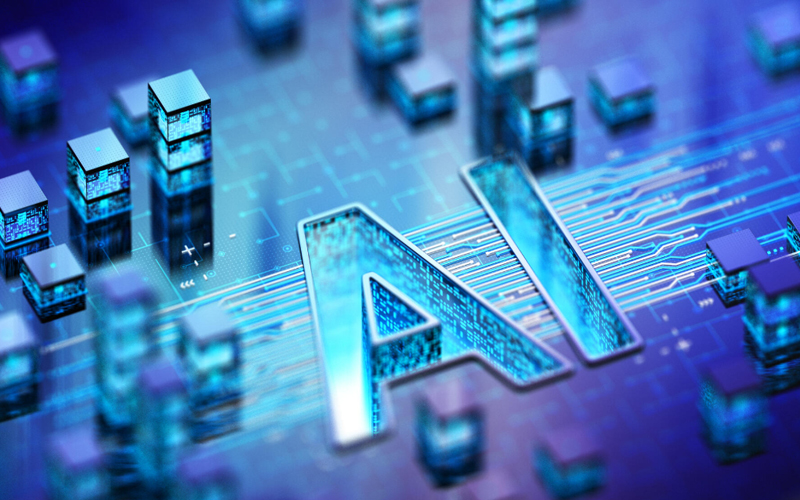A new hire's first experience often sets the tone for their entire journey within an organisation. Yet many businesses still rely on outdated, manual onboarding methods that can create information overload, miss key follow-ups, and leave employees disengaged. Lengthy paperwork, disjointed processes, and a lack of personalisation can frustrate both HR teams and new joiners.
As workplace dynamics shift, automating employee onboarding using RPA is emerging as a smarter alternative. Robotic process automation enables HR teams to streamline every step – from document verification to system provisioning – while maintaining a human-centric approach. The numbers back the trend as experts estimate the automated employee onboarding software market will grow from $2.12 billion in 2025 to $4.36 billion in 2029, with a CAGR of 19.7%.
Businesses are increasingly leveraging robotic process automation for HR operations to meet the growing demand for seamless onboarding through automation, data integration, and digital-first HR strategies.
key technologies supporting RPA-powered automated employee onboarding
Automated employee onboarding thrives on a combination of intelligent technologies. Together, they eliminate manual bottlenecks while improving employee experience and onboarding accuracy. Some of the key technologies supporting robotic process automation for HR include:
- Accounting process automation simplifies benefits enrolment and payroll setup for new hires.
- Intelligent document processing accelerates document capture, verification, and storage.
- Automated work performance tracking ensures real-time visibility into onboarding milestones.
- Employee satisfaction assessment tools gather feedback to help refine onboarding flows and improve retention.
These technologies enable HR leaders to automate at scale while retaining flexibility and a human touch. Infosys BPM brings deep experience in designing and deploying tailored robotic process automation services to help streamline HR operations. From candidate selection to complete onboarding, our RPA-powered solutions reduce delays, enhance compliance, and deliver consistent employee experiences across geographies. With a focus on agility and scalability, Infosys BPM ensures that onboarding processes evolve in step with business needs.
benefits of automating employee onboarding with RPA
Robotic process automation for HR reshapes onboarding into a connected, responsive experience that benefits both the employee and the organisation. The key advantages it offers include:
- Faster candidate screening and verification: Automates background checks and document validation for prospective candidates.
- Instant offer generation: Creates and dispatches offer letters with minimal HR involvement.
- Seamless communication: Delivers updates and reminders through preferred channels.
- Simplified document sharing: Centralises forms, policies, and templates in one place.
- Integrated virtual training: Guides employees through tools, policies, and culture.
- Improved collaboration: Encourages cross-team introductions and mentoring.
- Department-wide integration: Aligns with IT, finance, and admin systems.
- Extended onboarding: Enables structured learning beyond Day 1.
- Clear progression from learning to doing: Tracks readiness and performance milestones.
- Boosted engagement: Builds belonging and purpose through personalised journeys.
- Regulatory compliance: Ensures accurate, timely, and auditable HR actions.
By connecting fragmented tasks into a coherent flow, employee onboarding with RPA delivers speed, structure, and consistency.
stakeholders benefitting from robotic process automation for HR
Organisations with strong onboarding processes can increase new hire retention by 82% and boost productivity by 70%. But the impact of robotic process automation for HR extends far beyond just the HR department. Several business functions gain from streamlined onboarding, including:
- Accounting departments reduce errors in payroll setup and benefits configuration.
- Company leadership sees faster ramp-up and productivity from new employees.
- IT teams benefit from timely hardware/software provisioning and access management.
- Customer service teams can onboard agents faster with role-specific workflows and training.
These gains reflect cross-functional value when organisations embed automation strategically and streamline employee onboarding with RPA.
employee onboarding automation best practices
To get the most from automated employee onboarding, companies need a thoughtful approach that blends technology with empathy. The following best practices ensure the process remains effective, human-focused, and scalable:
- Keep it human-centric: While automated, onboarding must still convey warmth, clarity, and openness.
- Encourage early communication: Provide channels for questions, FAQs, and check-ins – especially for remote hires.
- Monitor progress continuously: Identify roadblocks and uncover gaps to refine workflows.
- Integrate with everyday tools: Connect onboarding journeys with platforms like Microsoft Teams or Google Workspace for a seamless experience.
These practices ensure that employee onboarding with RPA is efficient without losing the personal connection that builds trust and engagement.
conclusion
Employee onboarding is more than just paperwork; it is the foundation for employee engagement, productivity, and long-term success. By harnessing the power of robotic process automation for HR, businesses can deliver structured, responsive, and scalable onboarding journeys. The shift to automation ensures every new hire starts with clarity, confidence, and connection from day one.








